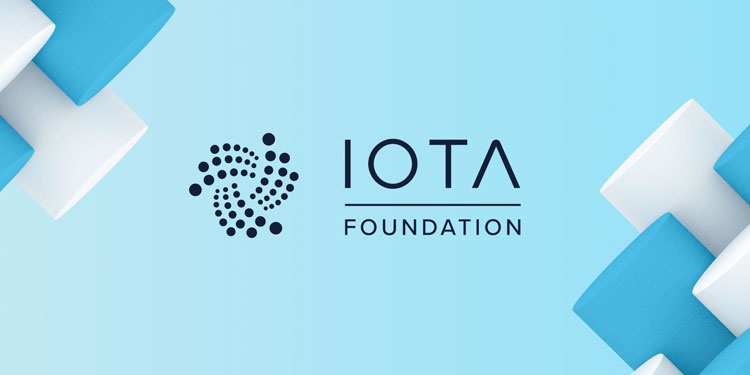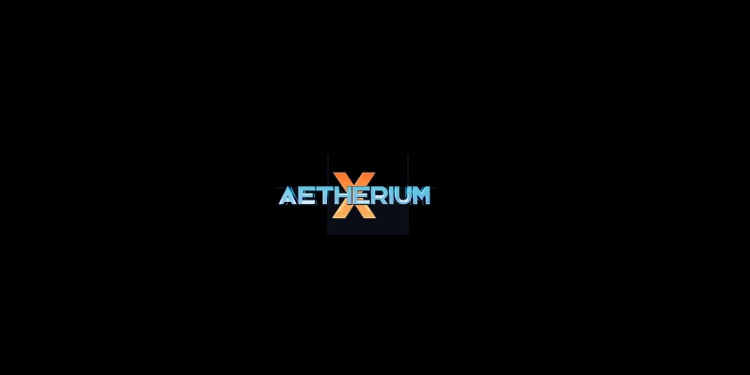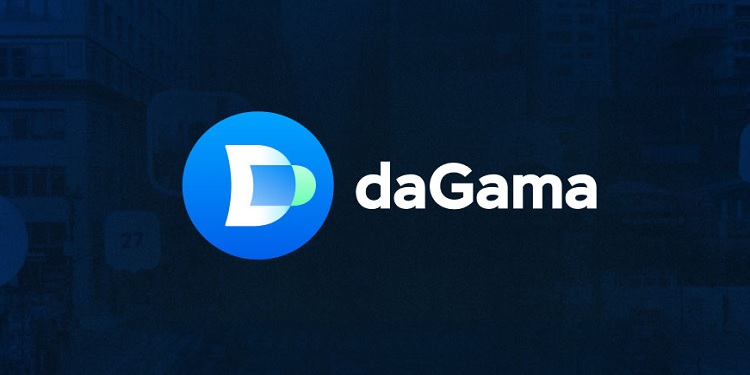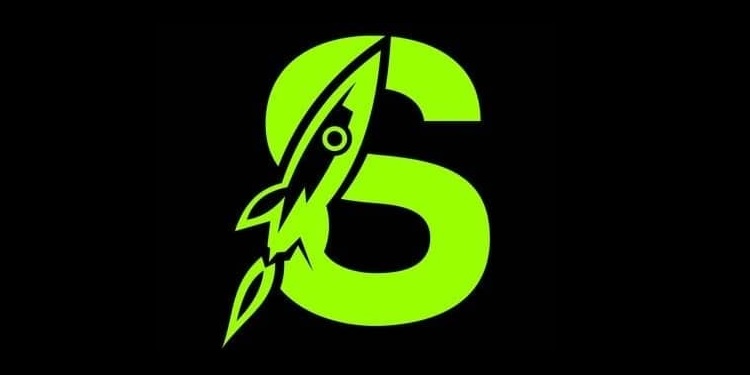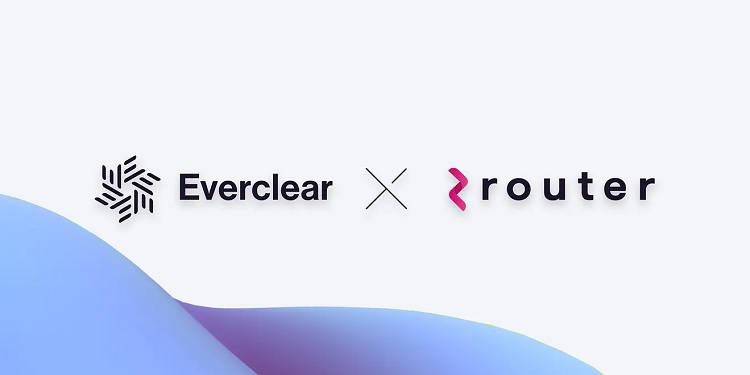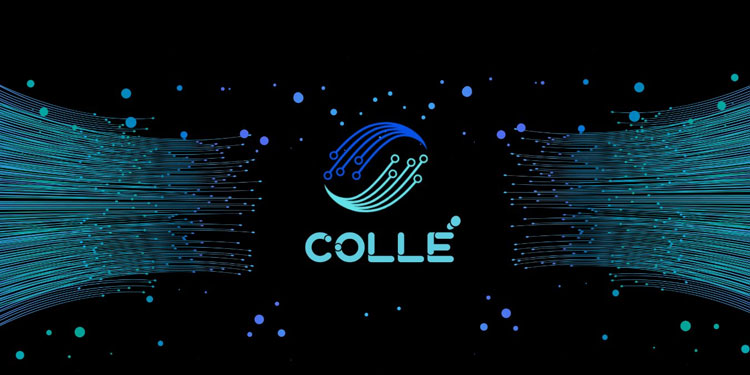The IOTA Foundation has confirmed that it will implement a major mainnet upgrade, branded as Rebased, on May 5, 2025. This upgrade represents a significant technological milestone, as it transitions the network from its current Stardust framework to the newly developed IOTA network. The foundation made this announcement through its official blog, outlining key operational changes and benefits that will accompany the transition.
Seamless Transition for Token Holders
According to the foundation, the migration will not require any token transfers by IOTA holders. Instead, users will simply need to reinitialize their existing wallets within the updated network interface. To ensure uninterrupted access to their digital assets following the upgrade, users have been advised to securely export their wallet credentials, which may include private keys, mnemonic phrases, or stronghold files.
As part of the transition, the legacy Firefly wallet will be replaced by a modern browser-based extension wallet, available on the launch day. This new tool aims to streamline access and interaction with the network. Furthermore, a revamped IOTA Wallet Dashboard application will provide improved asset management functions. While most Ledger hardware wallets will remain compatible, the Ledger Nano S will not be supported; users of other models will need to install an updated IOTA Ledger application to maintain compatibility.
Temporary Service Interruptions and Validator Coordination
Cryptocurrency exchanges supporting IOTA are expected to temporarily suspend deposit and withdrawal functionalities during the upgrade window, although trading activity is anticipated to continue without interruption. These suspended services are projected to resume shortly after the upgrade’s successful deployment.
The upgrade process will be coordinated between the IOTA Foundation and a panel of 12 initial validators, who will oversee the technical transition. A central component of this upgrade is the Genesis Ceremony, a systematic process involving the shutdown of the Stardust mainnet, ledger data snapshotting, and the creation of a genesis checkpoint. Validators will verify and digitally sign these components, establishing a consensus layer to ensure transparency and security throughout the process.
EVM Integration and Validator Expansion
Following the network upgrade, IOTA’s Ethereum Virtual Machine (EVM) will once again become fully operational. This reactivation will enable user interactions through MetaMask and the new IOTA EVM Bridge Web App, improving accessibility for those using familiar blockchain tools.
Initially, the validator network will launch with 13 participants, with expansion to 150 validators projected over the coming months. The IOTA Foundation has indicated that this scaling effort is intended to strengthen decentralization, encouraging community participation through stake delegation mechanisms.
Infrastructure Readiness and Developer Engagement
In tandem with the mainnet launch, essential infrastructure such as RPC endpoints and APIs will become available for immediate use. Technical documentation will accompany these resources, supporting developers in adapting and building within the updated ecosystem. The rollout is also expected to spark the rapid deployment of decentralized applications leveraging the new network capabilities.
To maintain open lines of communication, the IOTA Foundation has scheduled interactive sessions across community platforms, including Discord and X Spaces. These forums aim to foster dialogue with developers, token holders, and other stakeholders, ensuring a collaborative approach as the network embarks on its next evolutionary phase.
The Rebased upgrade not only reinforces IOTA’s technological foundation but also reflects its commitment to creating a more decentralized, user-friendly, and developer-centric blockchain environment.

